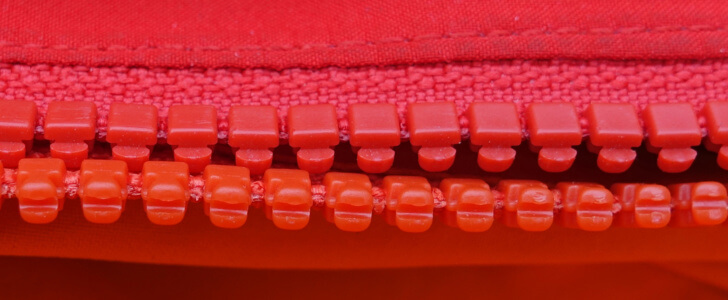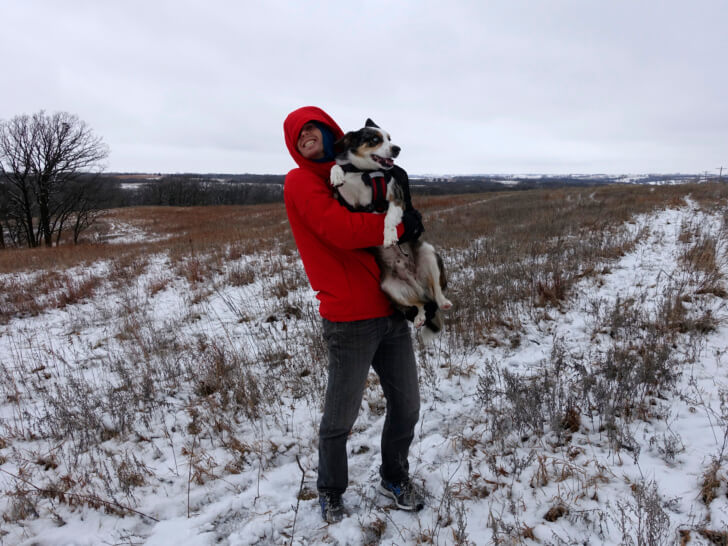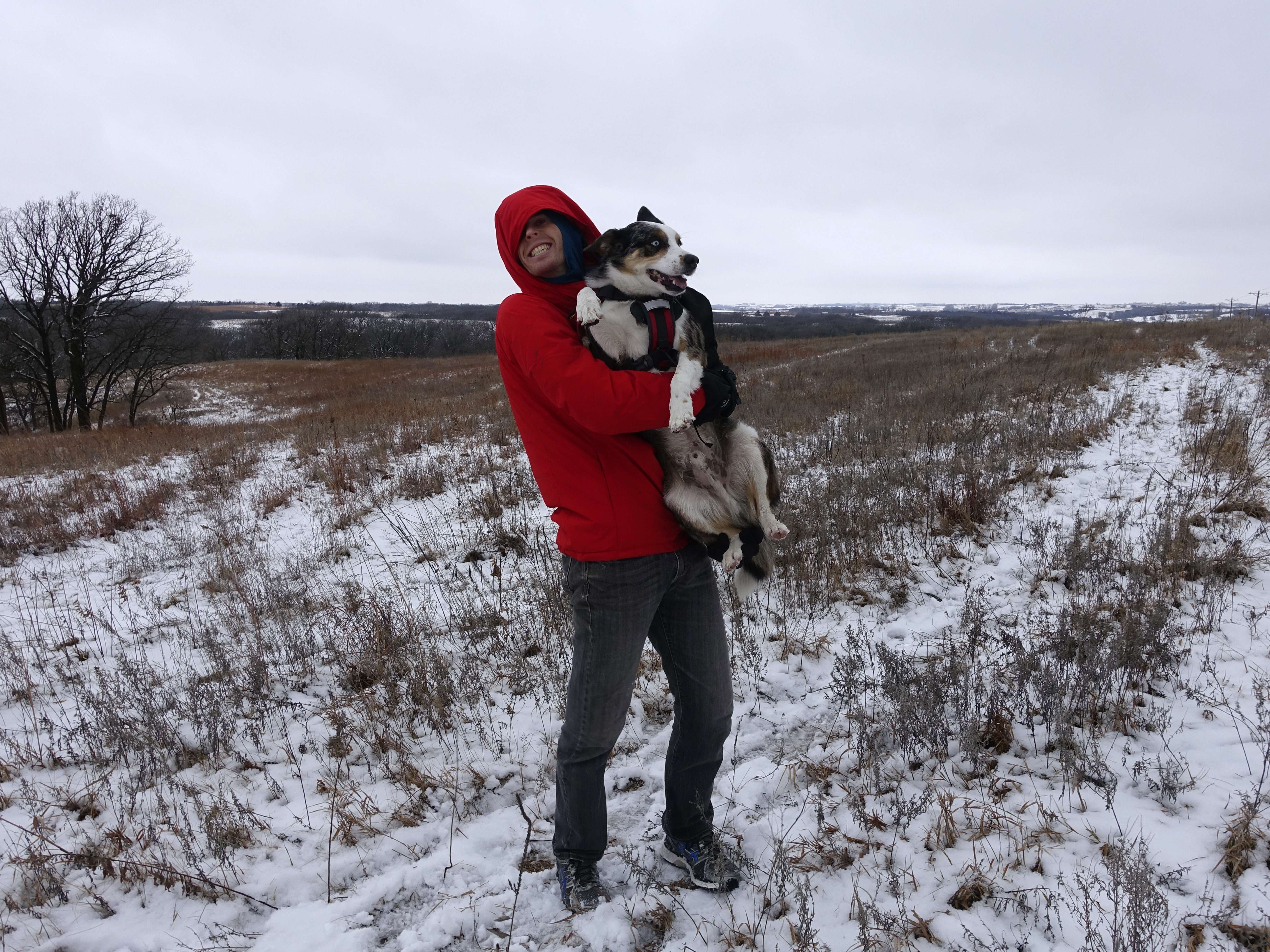This jacket has been discontinued
Black Diamond discontinued this jacket. We’ve left our original review unchanged below in case you find this jacket on sale. In addition, we hope the information provided here is useful in the context of today’s broad offering of synthetic insulated jackets.
UPDATE: As of March 2018, this jacket can be found in inventory and on sale up to 50% off at Amazon, Moosejaw, and Outdoor Gear Exchange. At 25-50% off, it could be a very good buy for an all-purpose winter insulated jacket.
Review Rating – Average
The Heat Treat is an all-purpose winter jacket for around town and some winter sports. It is a midweight winter parka with a durable fabric. Due to the lower warmth to weight ratio, the jacket is better suited to resort skiing than lightweight climbing and backcountry applications. We have two other small complaints about its design: (1) the hood’s ineffective closure lets in lots of cold air around the sides of the face; and (2) in order to provide a unique look, the main zipper’s interlocking area is half that of standard parka zippers. This bothered Max when he first used BD apparel in summer 2013, but it wasn’t until winter 2014 that his Stance Belay Parka zipper broke (by the neck, where the zipper curves). Though the Heat Treat’s zipper didn’t break during our test period, and one person in BD’s warranty department said they don’t see this often, we wish BD would use standard issue, tough zippers.
The Heat Treat’s main competitor is the $400 Arcteryx Kappa Hoody, which uses even more durable 70D and 80D Windstopper fabrics, has more insulation, and better features such as a four-point adjustable hood, a chest pocket, and two larger drop-in stash pockets. The $300 Patagonia DAS is our favorite synthetic insulated parka.
Performance Evaluation of the Black Diamond Heat Treat Hoody Review
Warmth
Max used this for a five-day January backpacking trip in Utah canyon country (temperatures in the upper teens) and would have been happier with a warmer jacket. The vast majority of the Heat Treat’s weight comes from the fabric. We don’t recommend this jacket for overnight trips or activities that benefit from a high warmth to weight ratio. As we mentioned earlier, the hood is ineffective at sealing the face area. Luc removed this jacket from consideration based on this reason alone.

Weather Resistance
We love Windstopper! Unlike the other Windstopper jackets tested here, the Heat Treat will not be updated for fall 2016 with a Gore Thermium membrane. Using Thermium would increase the weather resistance by taping the seams, which would boost performance for most winter activities. Even so, the existing design provides ample weather resistance for most applications.
Breathability
Less insulation facilitates use for mobile, aerobic applications in very cold weather. But this is not a highly breathable jacket. Our favorite highly breathable jacket currently on the market is the Patagonia Nano Air Hoody. BD will be releasing a similar model, the First Light Hoody, this fall.

Durability
The Heat Treat uses a 50D fabric that’s likely many times (it hard to quantify this without a lab) more durable than the sub 14 oz. (397g) jackets we tested. For this reason, we recommend the Heat Treat primarily for day trips and specifically for resort skiing, where daily use requires little compression (unlike climbing and overnight backcountry trips where the jacket is largely used at rest) and puts lots of wear on the fabric (because it’s used in motion).
As we mentioned above, the Heat Treat’s zipper prioritizes aesthetics over durability. Though we didn’t break the zipper during our test period, the identical zipper on Max’s Stance Belay Parka broke in 2015. The photo below shows it’s half as thick as the standard parka zipper.

Comfort
We mentioned the hood already. Black Diamond could improve the handwarmer pockets by moving them higher up, so they’re not covered by a backpack’s hip belt. There’s also a fleece lining against the chin area that’s detrimental in winter because moisture from your breath can turn the fleece into an uncomfortable, icy sheet. (For this reason, very few winter parkas, down or synthetic, have this feature).


Weight
20.4 oz. (578.33g) is heavy for overnight trips. The much warmer Patagonia DAS weighs 22 oz. (623.69g) but is too warm to serve as a versatile resort skiing jacket.
Summary: Black Diamond Heat Treat Hoody Review
Strengths
- Durable fabric and insulation
Limitations
- Low warmth to weight ratio
- Poorly fitting hood
Recommended Uses
The Heat Treat Hoody performs poorly for overnight backcountry trips but might be great for resort skiing.
Market Comparison
A comprehensive Synthetic Insulated Jacket State of the Market Report will be released on March 25, 2018. When that report is published, we’ll update this review with a comparison summary of this product with other notable products in the review.
Related Content
This review is part of a comprehensive State of the Market survey of synthetic insulated jackets that has been ongoing for the past two years. Included in this survey:
- Arc’teryx Kappa Hoody Review
- Patagonia Nano Air Hoody Review
- Outdoor Research Uberlayer Review
- Rab Xenon X Review
- Montbell Thermawrap Guide Review
- Rab Nimbus Review
- Patagonia Nano Air Light Review
- LLBean Primaloft Packaway Review
- Arc’teryx Proton LT Review
- Black Diamond Heat Treat Hoody Review
- Patagonia Micro Puff Hoody Review
- Arc’teryx Nuclei FL Jacket Review
- Nunatak Skaha Apex Review
- Montane Spitfire Parka Review
- Arc’teryx Nuclei AR Parka Review
- Patagonia DAS Parka Review (TBA March 25)
- Synthetic Insulated Jackets State of the Market Report (TBA March 25)
Disclosure
The manufacturer provided a sample of this product to the author with no agreement, requirement, or obligation for media coverage of any kind. Some links are affiliate links, which means if you click through and make a purchase, Backpacking Light gets a small commission on the sale. This comes at no extra cost to you and helps support Backpacking Light’s efforts to publish authoritative and valuable information about lightweight backpacking gear and techniques, inspiring stories and film festivals, and remain an active member of the outdoor industry to promote and protect opportunities for public outdoor recreation.




Home › Forums › Black Diamond Heat Treat Hoody Review